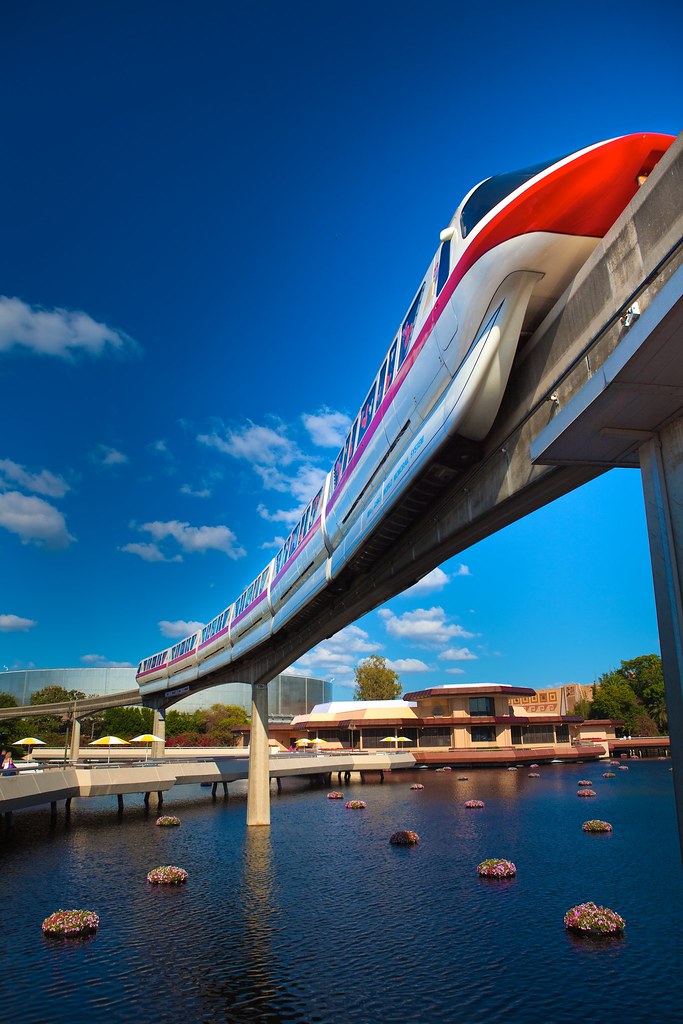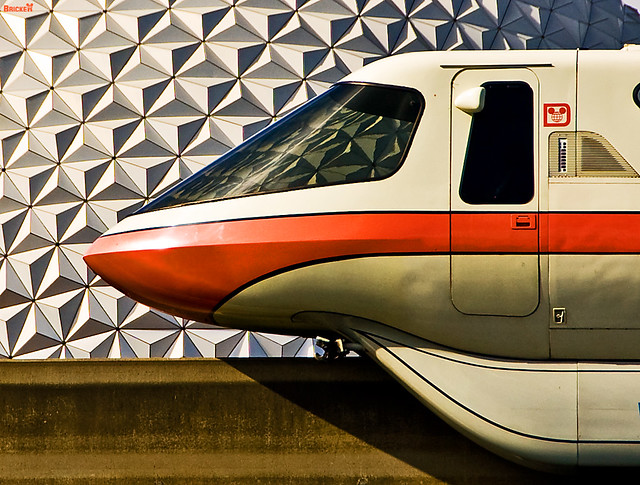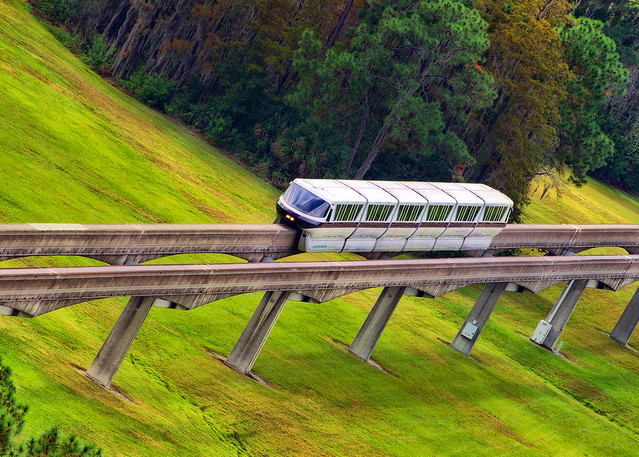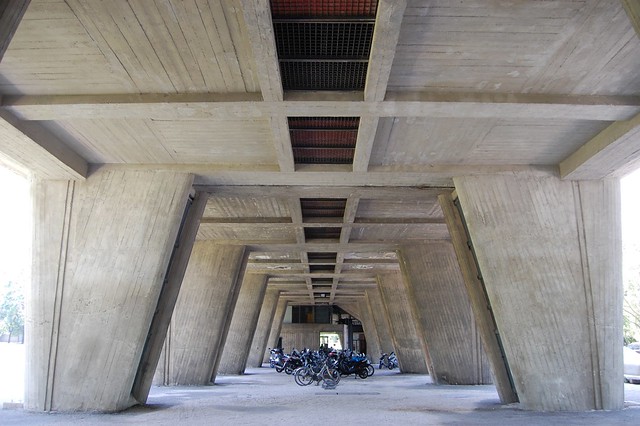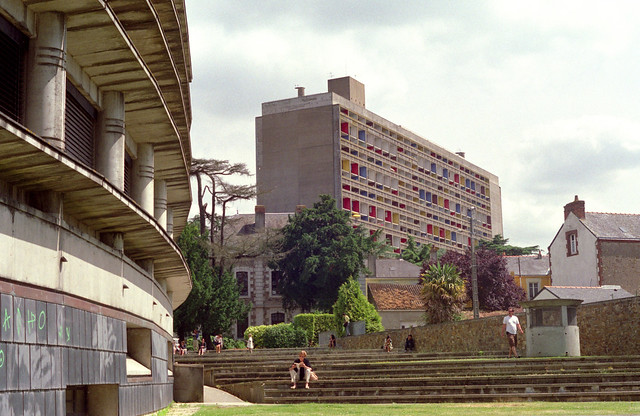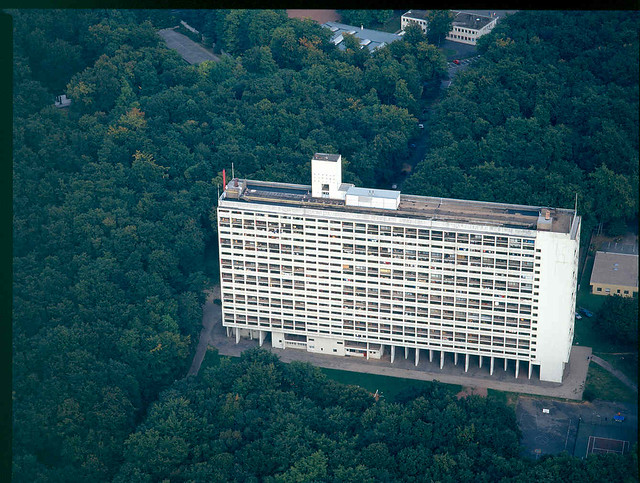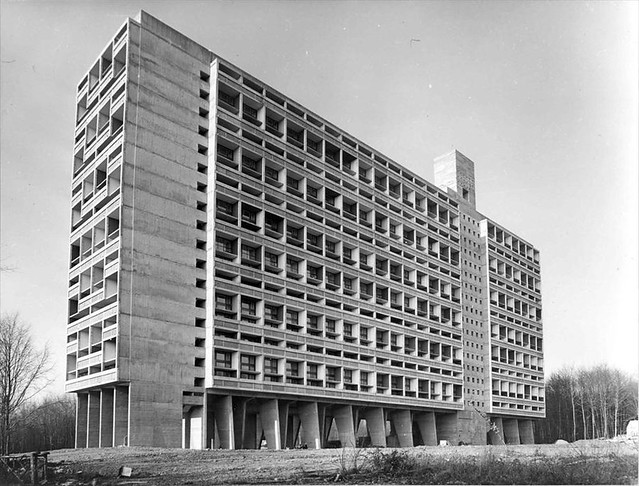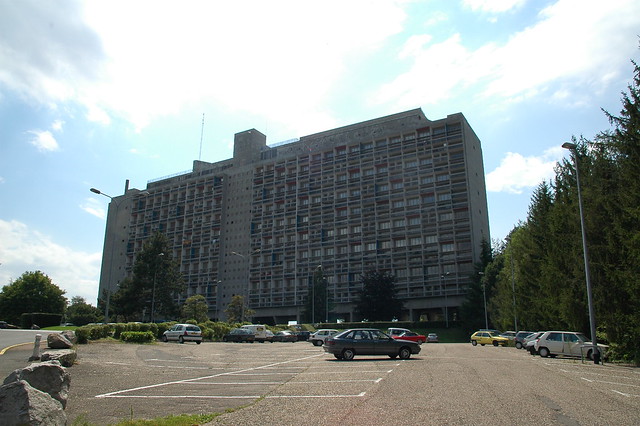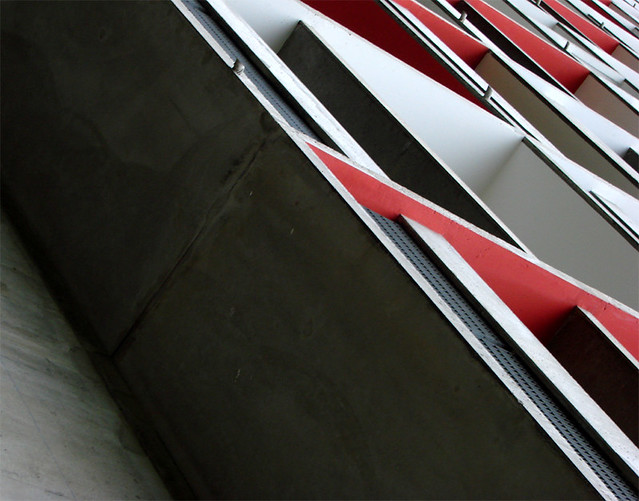Space Shuttle Discovery DC Fly-Over (201204170012HQ), a photo by nasa hq photo on Flickr.
Month: April 2012
Big Box Stores Linked To the Presence of Hate Groups – Neighborhoods – The Atlantic Cities
The recent surge in hate group activity is a concern to many citizens and policymakers. We examine the roles of socioeconomic factors measured at the county level that are hypothesized to account for the presence of such groups, including social capital and religious affiliations.
Both social capital stocks and religious affiliation exert an independent and statistically significant influence on the number of hate groups, as does the presence of Wal-Mart stores, holding other factors constant.
Monorail: Walt Disney World, Wuppertal Schwebebahn, Sydney
Manhattan Memorious
Before a city becomes a thing of steel, concrete and glass it is a theater of visions in conflict.
As a city ages, the visions do not die but come up against the physical and ideological resistance of the place and its people. The city we see today is the direct result of radical visions, gradually changing the way the future is realized. This is an account of a Manhattan that could have been – might have been. A phantasmagorical Manhattan where the visionary meets the everyday – the absurd and the sublime. The island as we know it is but a pale reflection of a city designed by visionaries – a city of mad, incongruous utopias.
Shigeru Ban – Nomadic Museum for Ashes and Snow
Government Accountability Office says Chris Christie lied about Access to the Region’s Core

For those of you following at home, we have been following the trials and tribulations of the now canceled Access to the Region’s Core transit rail tunnel – a new pair of tunnels under the Hudson River for New Jersey Transit. New Jersey Governor Chris Christie famously canceled the project in favor of shifting the more than $4 billion to the road transportation trust fund, eliminating the need to raise gas taxes (presently one of the lowest in the nation). The New York Times reports that Report Disputes Christie’s Reason for Halting Tunnel Project in 2010:
The report by the Government Accountability Office, to be released this week, found that while Mr. Christie said that state transportation officials had revised cost estimates for the tunnel to at least $11 billion and potentially more than $14 billion, the range of estimates had in fact remained unchanged in the two years before he announced in 2010 that he was shutting down the project. And state transportation officials, the report says, had said the cost would be no more than $10 billion.
Mr. Christie also misstated New Jersey’s share of the costs: he said the state would pay 70 percent of the project; the report found that New Jersey was paying 14.4 percent. And while the governor said that an agreement with the federal government would require the state to pay all cost overruns, the report found that there was no final agreement, and that the federal government had made several offers to share those costs.
In fact, the GAO report1 makes clear that the State of New Jersey was on the hook for 32% of the total cost – less than half of Gov. Christie’s exaggerated claim.2 The report also makes clear that the project cost did not materially change, but rather was being refined as more detailed information came to light.
While ARC had some flaws – chiefly being composed as a deep-cavern terminal which was not directly connected to the existing Penn Station – the project was necessary to relieving the Hudson River crossing bottleneck: currently one 15-minute train disruption in the existing tunnel can delay as many as 15 other NJT and Amtrak trains. The chief beneficiary was New Jersey Transit riders who would now have a one-seat ride to Manhattan; secondary effects would be less cars on the road (meaning faster commutes and less pollution) and an increase in demand for housing in New Jersey communities close to NJT stations. All of this was a net-positive for New Jersey.
But Governor Christie3 killed the project under the aegis of fiscal responsibility, but was really all about keeping taxes low:
Canceling the tunnel, then the largest public works project in the nation, helped shape Mr. Christie’s profile as a rising Republican star, an enforcer of fiscal discipline in a country drunk on debt. But the report is likely to revive criticism that his decision, which he said was about “hard choices” in tough economic times, was more about avoiding the need to raise the state’s gasoline tax, which would have violated a campaign promise. The governor subsequently steered $4 billion earmarked for the tunnel to the state’s near-bankrupt transportation trust fund, traditionally financed by the gasoline tax.
Canceling ARC was nothing more than a naked political gambit, and the GAO called the Governor on his deceit. In Gov Christie’s world, it is better to spend the money on short-term gains, than to invest in an infrastructure project which would create long-term stability in a state which depends on New York for its survival.
At what point do we carve the New York-Connecticut-New Jersey MSA4 out of New York and New Jersey to create the 51st State – the State of New York City? Because trying to coordinate rational land use and transportation policy across state lines is not working at all.
- Potential Impacts and Cost Estimates for the Cancelled Hudson River Tunnel Project, GAO-12-344, Mar 9, 2012 ↩
- Table 2: Proposed Funding by Source, as of April 2010, page 19 ↩
- I originally so much wanted to call Governor Christie the Corpulent King of Jersey, but that didn’t sound nice. So here it is, in a footnote ↩
- What’s a Metropolitan and Micropolitan Statistical Area? ↩
Texts from Hillary
I love this: Texts from Hillary.
Honest Labeling, by Karim Rashid
Karim Rashid Inc is an award winning design firm specializing in product design, interior architecture, branding / graphic design, art exhibitions, fashion, among others.
…
We are looking for an Interior Designer, with a minimum of eight years experience and a sincere passion for Karim’s vision, to join our team.(emphasis added)
Updates on previous entries for 04 Apr 2012*
*Q: Excuse me? A: These previously published entries have been updated with new information recently. You can find past updates here.
Unite d’Habitation – Five Buildings by le Corbusier
Shame on me, but I knew that there was more than one Unite d’Habitation by le Corbusier, but I didn’t realize that there are five:
The first and most famous of these buildings, also known as Cité radieuse (radiant city) and, informally, as La Maison du Fada (French – Provençal, “The House of the Mad”), is located in Marseille, France, built 1947-1952. One of Le Corbusiers’s most famous works, it proved enormously influential and is often cited as the initial inspiration of the Brutalist architectural style and philosophy.
The Marseille building, developed with Corbusier’s designers Shadrach Woods and George Candilis, comprises 337 apartments arranged over twelve stories, all suspended on large piloti. The building also incorporates shops with architectural bookshop, sporting, medical and educational facilities, a hotel which is open to the public, and a gastronomic restaurant, Le Ventre de l’Architecte (“The Architect’s Belly”). The flat roof is designed as a communal terrace with sculptural ventilation stacks, a running track, and a shallow paddling pool for children. The roof, where a number of theatrical performances have taken place, underwent renovation in 2010. It has unobstructed views of the Mediterranean and Marseille.

